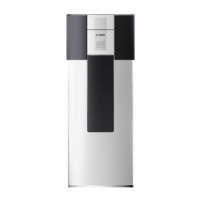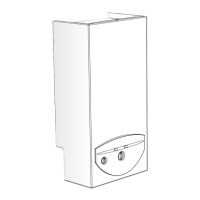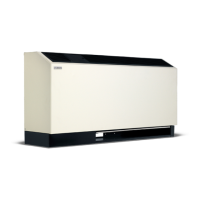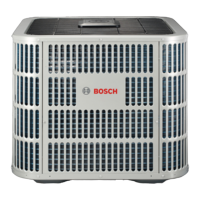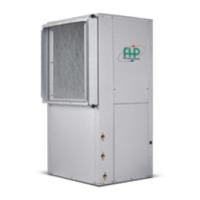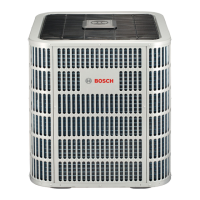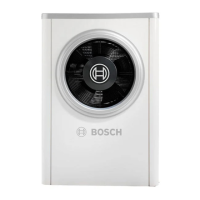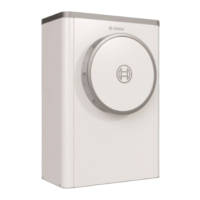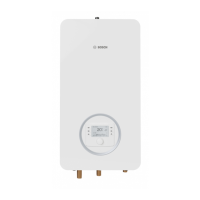Application Considerations | 15WW & WT Models
8733943362 (2016/08)Revised 08-16
It is imperative that all air be eliminated from the closed
loop side of the heat exchanger to ensure against
fouling. In the heating mode, heat is absorbed from the
water loop. A boiler can be utilized to maintain the loop
at the desired temperature.
Consult the specification sheets for piping sizes.
Ball valves should be installed in the supply and return
lines for unit isolation and unit water flow balancing.
Pressure/temperature ports are recommended in both
supply and return lines for system flow balancing. Water
flow can be accurately set by measuring the water-to-
refrigerant heat exchangers water side pressure drop.
See specification sheets for water flow vs. pressure drop
information.
No unit should be connected to the supply or return
piping until the water system has been completely
cleaned and flushed to remove any dirt, piping chips or
other foreign material. Supply and return hoses should
be connected together during this process to ensure the
entire system is properly flushed. After the cleaning and
flushing has taken place the unit may be connected to
the water loop and should have all valves wide open.
Figure # 10
1. Ball Valves.
2. Hose kits.
3. P/T Plugs
4. Load Side Connections.
5. Low Voltage Control Connections.
6. Vibration Pad.
7. Line Voltage Disconnect.
8. Supply and Return lines of central system.
Geothermal Systems
Closed loop and pond applications require specialized
design knowledge. No attempt at these installations
should be made unless the dealer has received
specialized training. Utilizing the Ground Loop Pumping
Package (GLP), makes the
installation easy. Anti-freeze solutions are utilized when
low evaporating conditions are expected to occur. Refer
to the GLP installation manuals for more specific
instructions. (Figure #11)
NOTICE: Water piping exposed to extreme
low ambient temperatures is subject to
freezing.
Teflon tape sealer should be used when connecting to
the unit to ensure against leaks and possible heat
exchanger fouling.
Do not overtighten the connections. Flexible hoses
should be used between the unit and the rigid system
to avoid possible vibration
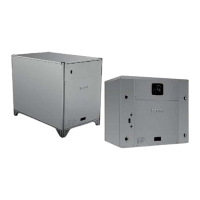
